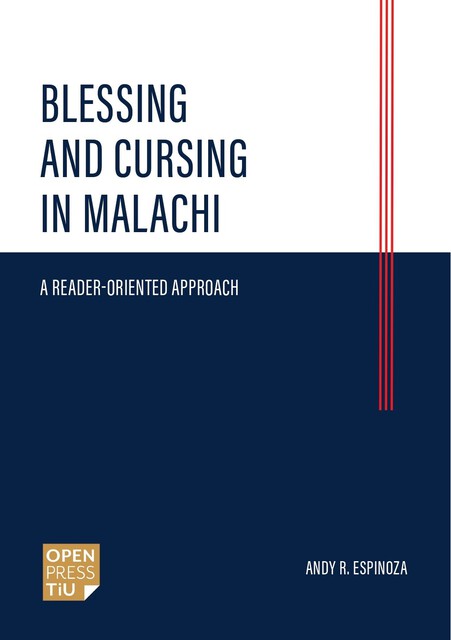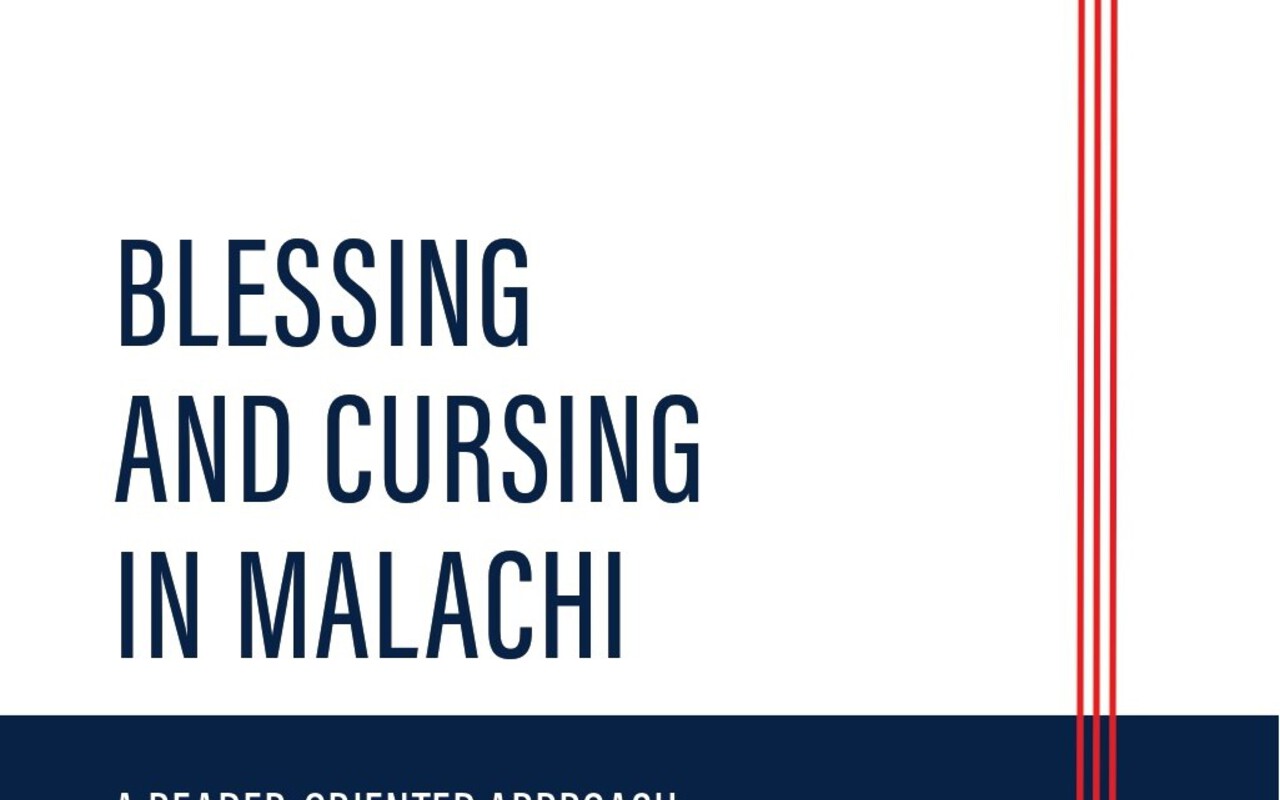The book of Malachi is very seldom referenced in Christian devotion or worship. A rare exception may be as an offering appeal during public worship. But is there more to Malachi than an offering appeal? Furthermore, what is the point of such a strong curse at the end of the text that many Jewish people to this day refuse to end the reading of the book with its last verse? In this study, a reader-oriented approach is applied to the text of Malachi seeking to uncover fresh insights, especially as it relates to blessing and cursing in the book. This reader-oriented approach is a three-step process that allows the researcher to analyze a text from complementing perspectives. The first step of the analysis is the study of the syntax of the text. Here the internal structure of the text is described revealing its organization and flow. The second step is the study of semantics. Here main themes in the text and their relationship come to the fore. The last step is the analysis of the communication between the Text-Internal Author and the Text-Internal Reader. These are literary constructs that facilitate the study of a text unincumbered by historical issues, issues which are many times virtually impossible to determine with regard to biblical texts. The syntax of Malachi reveals that it is formed by fifteen textual units, organized in a heading, two main sections, and a conclusion. There are six main semantic themes in the text of Malachi: relationships, covenant, messenger, blessings and curses, justice, and the day of the Lord. Notably, liturgical aspects are not a main semantic element in the text. The communication in the text reveals that the Text-Internal Author uses blessing and cursing as a tool to move the characters and the Text-Internal Reader to proper relationship with God and among themselves. The reader-oriented approach proved an effective tool in revealing fresh insights into the text of Malachi. Such a tool can surely be profitably employed to study other prophetic texts
Blessing and Cursing in Malachi
A Reader-Oriented Approach
The book of Malachi is seldom referenced in Christian devotion or worship, with a rare exception being its use as an offering appeal during public worship. But is there more to Malachi than an offering appeal? Furthermore, what is the purpose of the strong curse at the end of the text that leads many Jewish people to this day to avoid ending the reading of the book with its last verse?
In "Blessing and Cursing in Malachi: A Reader-Oriented Approach", the text of Malachi is explored to uncover fresh insights, particularly concerning the themes of blessing and cursing.
Three consecutive and complementary steps are taken to explore the book: a syntactic analysis, revealing the organization and flow of the text; a semantic analysis, uncovering themes and their relationships; and a communication analysis, examining the interaction between the Text-Internal Author and the Text-Internal Reader.
The analyses reveal that blessing and cursing, although used differently compared to other parts of the Hebrew Bible, constitute an effective means of guiding the Text-Internal Reader to a proper relationship with the divine and their community.
Metadata
- isbn9789403748962
- publisherOpen Press Tilburg University
- publisher placeTilburg, The Netherlands
- rights
- rights holderAndy Rafael Espinoza Pereda
- rights territoryThe Netherlands
- doi
Resources
We use cookies to analyze our traffic. Please decide if you are willing to accept cookies from our website. You can change this setting anytime in Privacy Settings.



